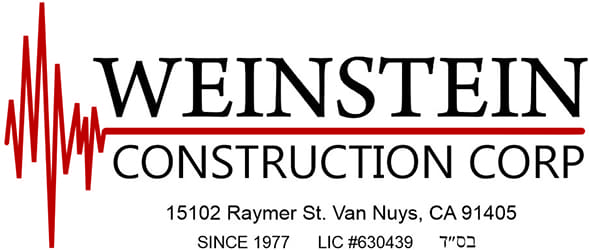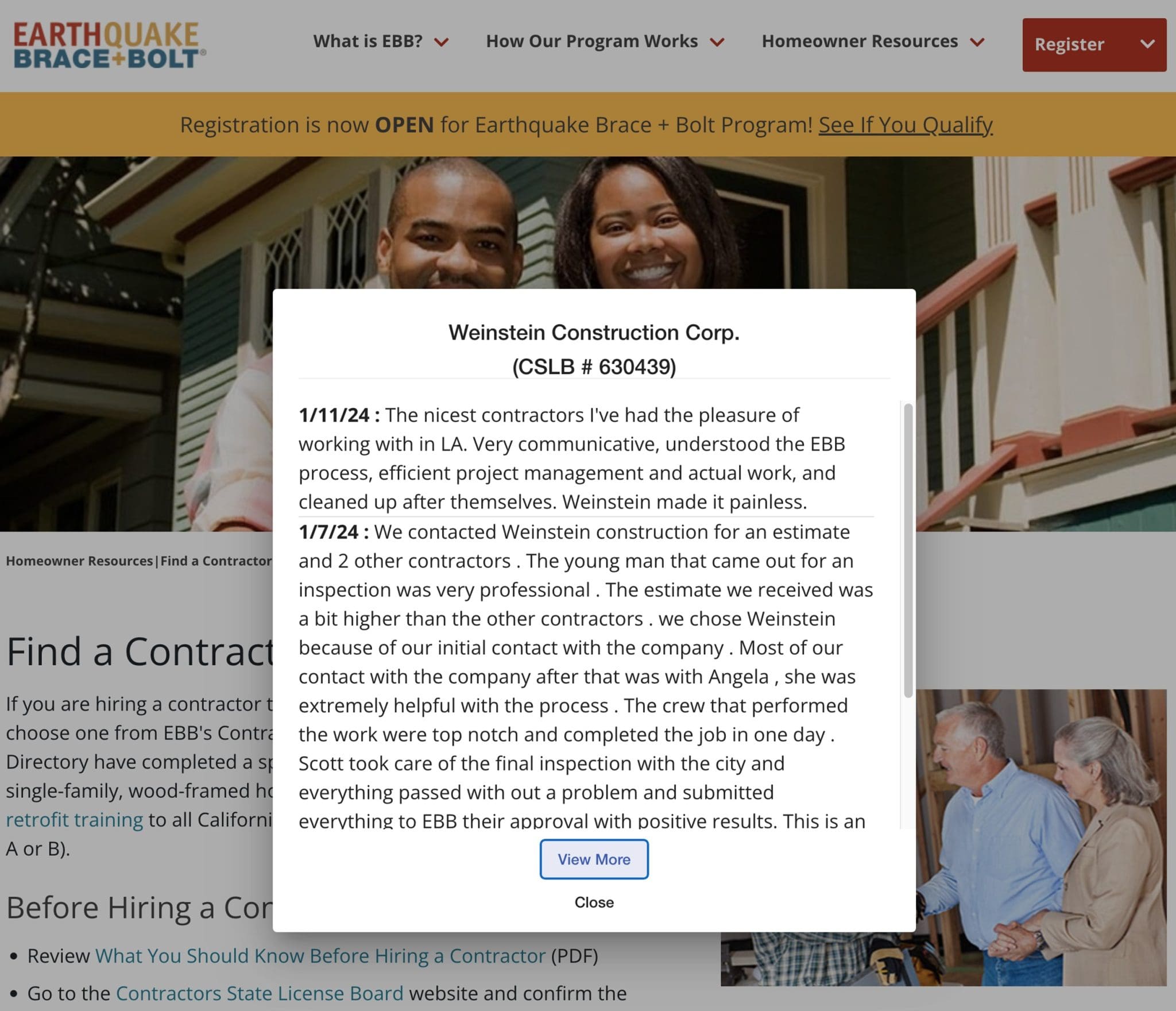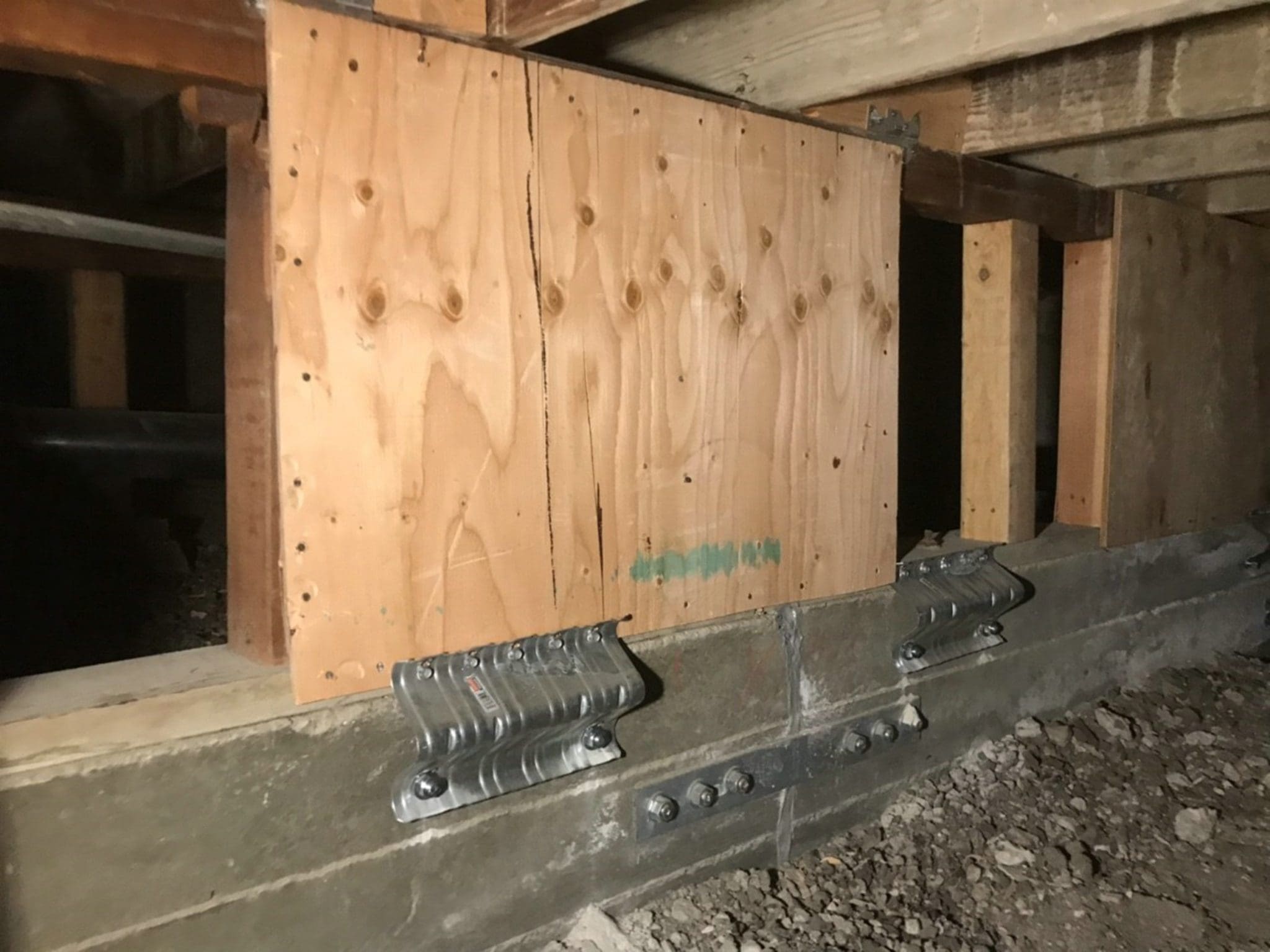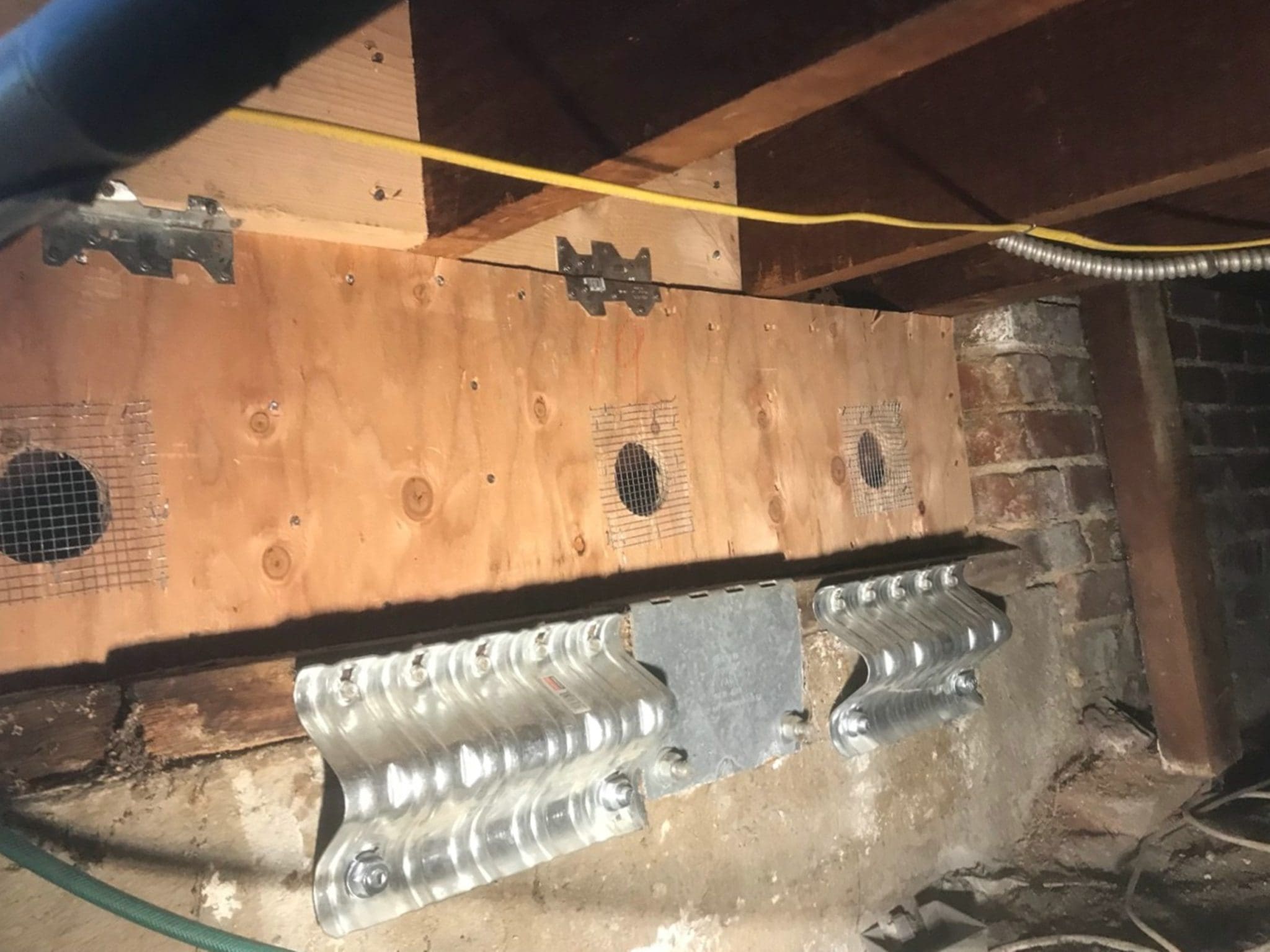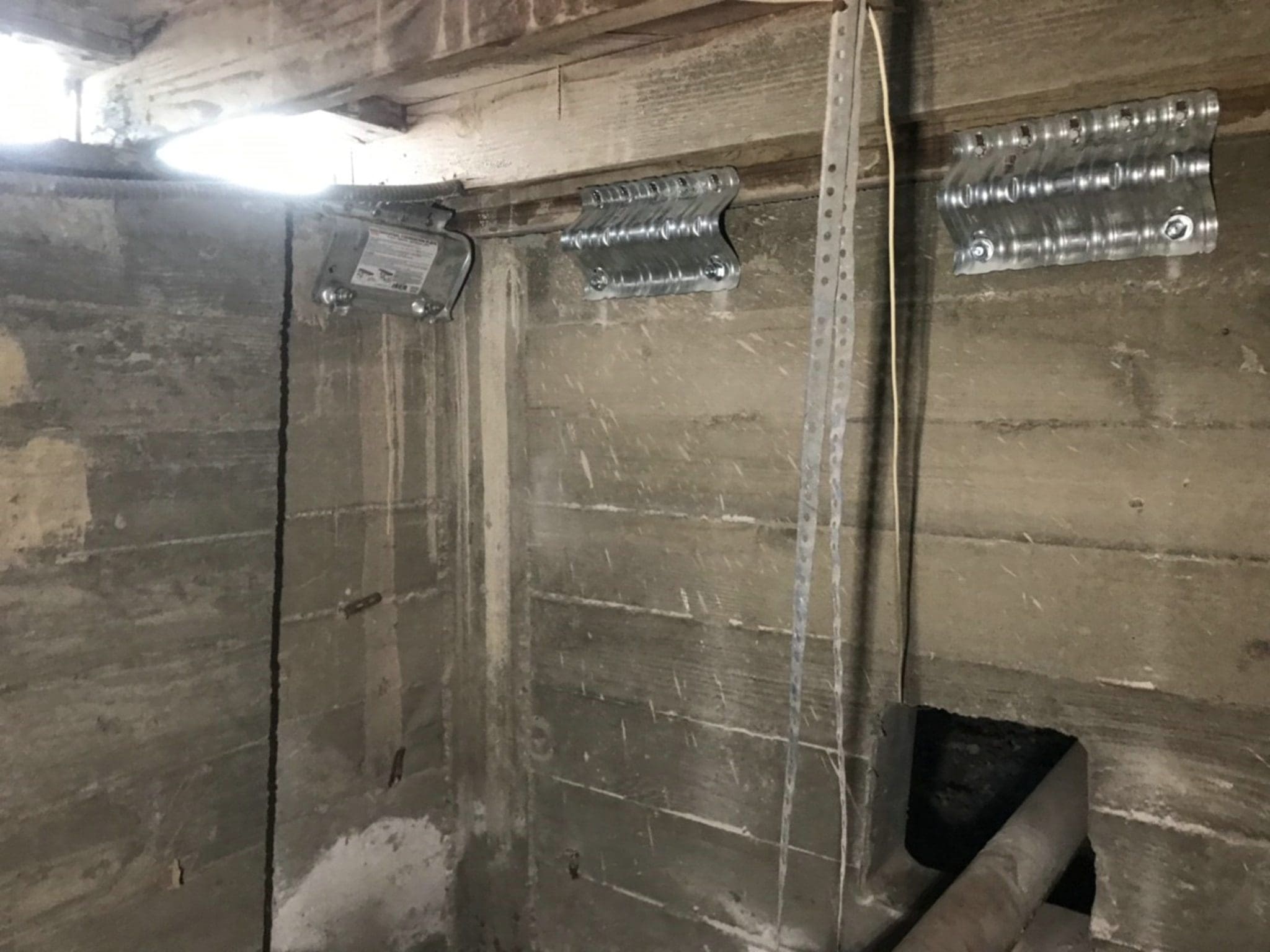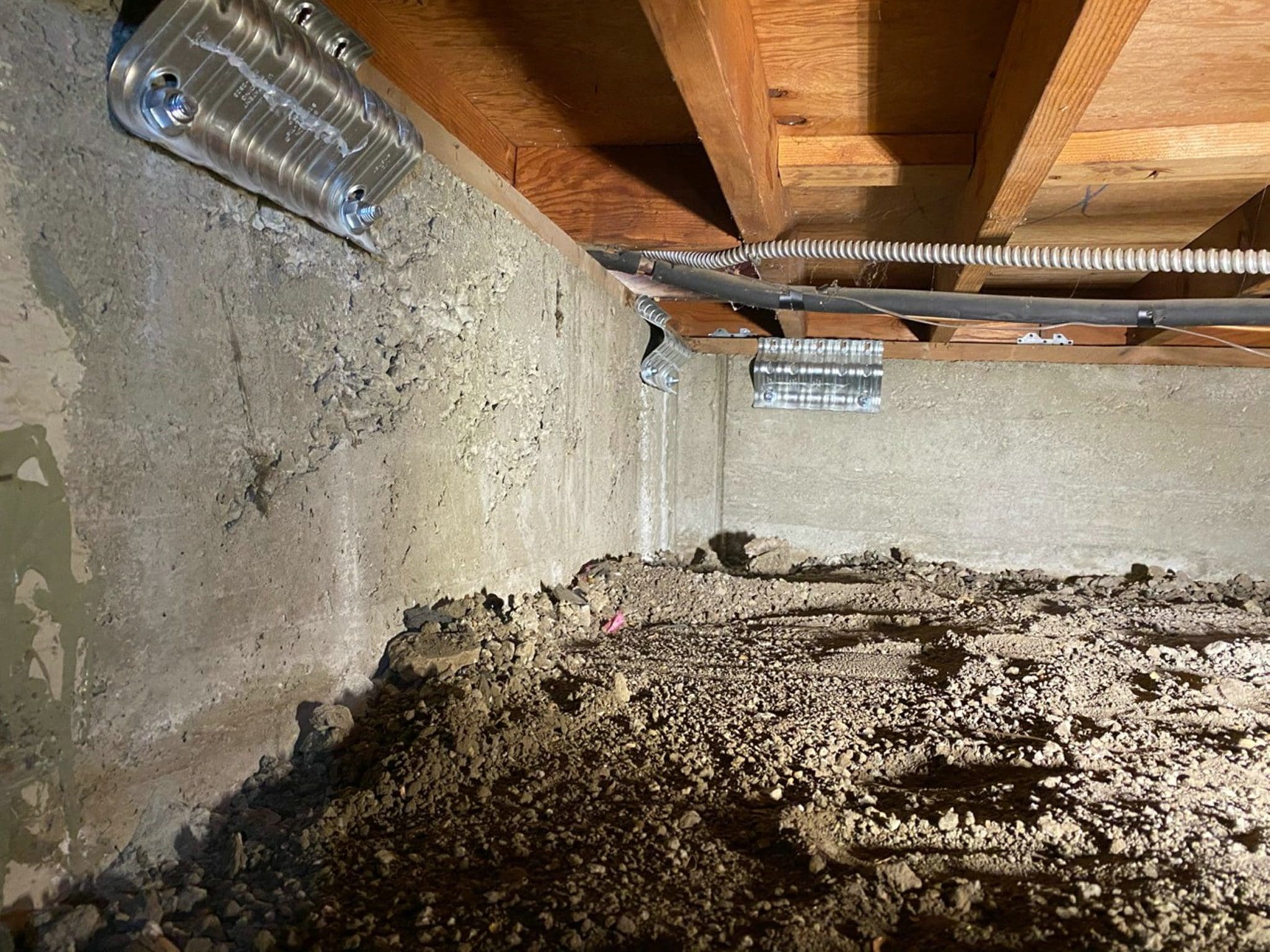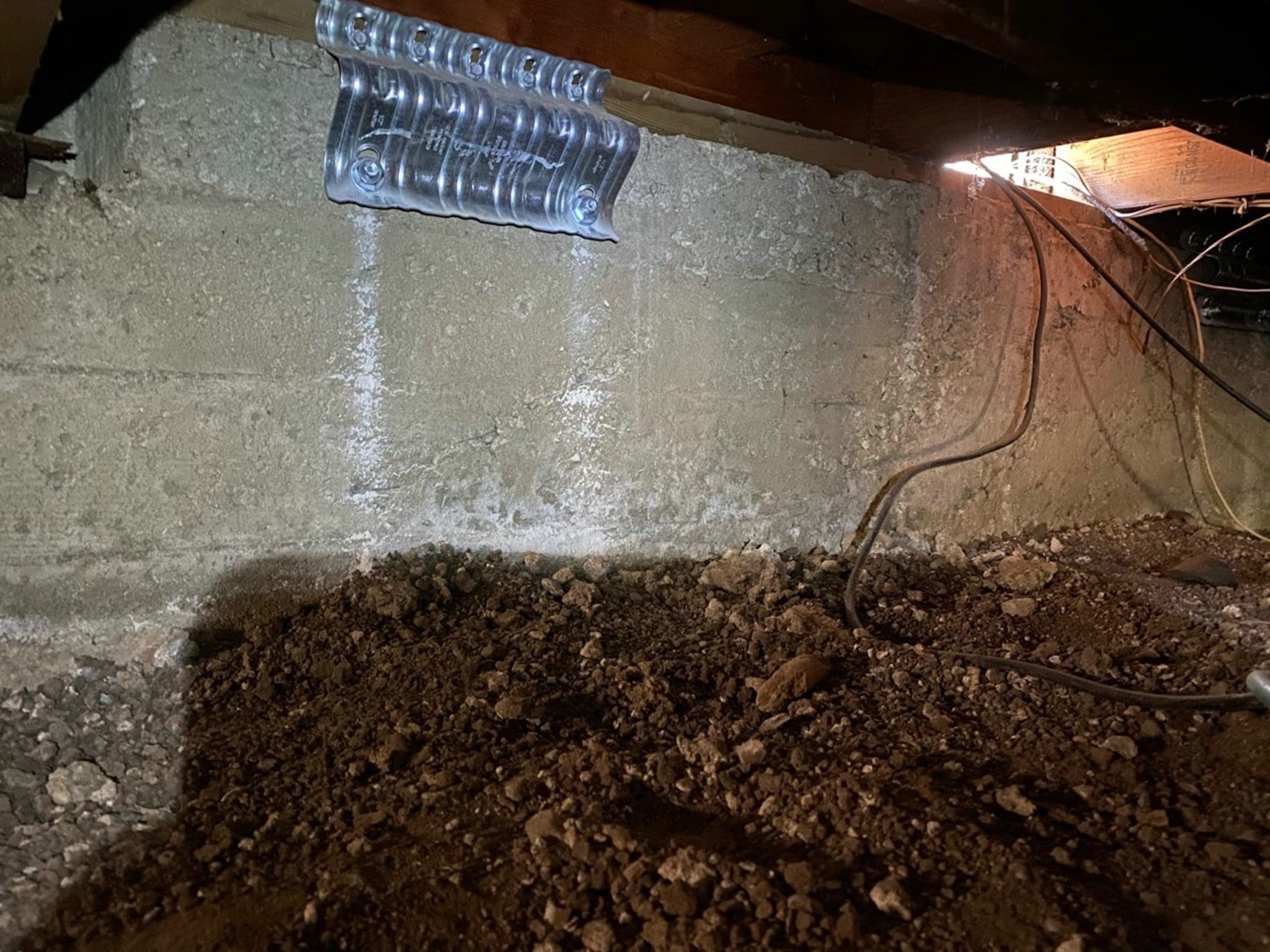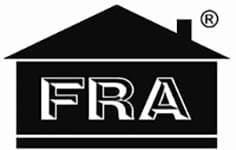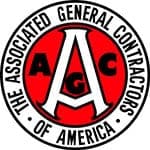AFFORDABLE EARTHQUAKE RETROFITTING
- Earthquake Brace and Bolt (EBB) program provides free government grant money to homeowners to earthquake retrofit their homes.
- Homes built before 1970 do not have earthquake stabilizers.
- Retrofitting your home costs only a fraction of the cost of repairing earthquake damage.
- Regular wear and tear, deterioration, and water damage can take away from a home’s stability.
HOUSE BOLTING SOUTHERN CALIFORNIA
Southern California and the greater Los Angeles area are known for beautiful weather, sunny beaches, and healthy living. But, Southern California is also one of the foremost seismically active regions in the world, with considerable risk of experiencing a catastrophic earthquake, as well as more frequent, smaller tremors. It’s crucial for property owners in Southern California to prepare for seismic activity by retrofitting their residential and commercial properties. House bolting is a method of earthquake retrofitting that can protect your home before an earthquake hits and causes irreparable damage to life and property. These dangers cannot be understated!
SOUTHERN CALIFORNIA’S EARTHQUAKE RETROFITTING EXPERTS
Residents of the Greater Los Angeles area live with a considerable risk from a catastrophic earthquake striking today, tomorrow, or in the next few months and years. As such, it’s important for all commercial and residential property owners to prepare for the next earthquake. When the next earthquake strikes, it will be too late to prepare, and the damages to affected homes or businesses can be extensive. House bolting and other earthquake retrofitting services can protect your property from damage!
HOUSE BOLTING AND THE IMPORTANCE OF EARTHQUAKE RETROFITTING
Look, as a homeowner, the safety of your family and the value of your home are top-priority concerns, especially when you live in a seismically-active region such as the Greater Los Angeles region. Likewise, if you are a commercial property owner in this region, the safety of your employees and customers, as well as the value of your building, are all just as important! Therefore, retrofitting both homes and commercial structures isn’t simply a “good idea” but a requirement of city building codes, and a health and safety obligation as well!
The inherent unpredictability of earthquakes makes it vital to retrofit structures today, with urgency, and not tomorrow, when it may be too late. The danger to both life and property is just too great! And as if one needs extra incentive to retrofit, the fact that many insurance policies fail to cover earthquake damage without considerable extra costs is just icing on the cake! Simply put, trying to insure a structure that has not been properly retrofitted can be incredibly expensive!
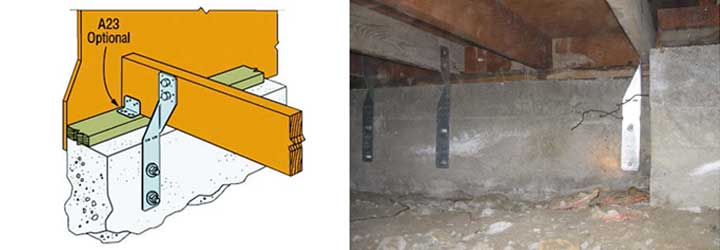
FOUNDATION STUD ANCHOR
Foundation stud anchors are installed to the top floor joist and the bottom part of the foundation.
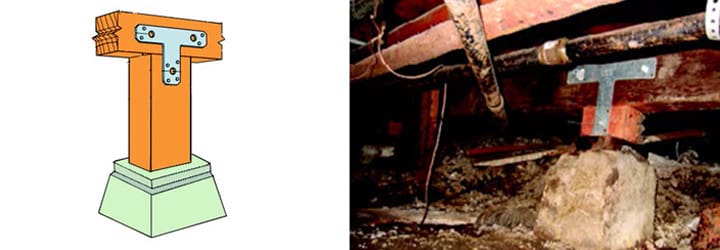
T & L STRAPS
T and L straps are installed to tie weak wood members together.
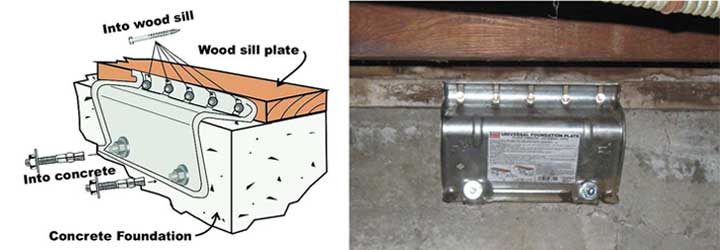
HOUSE BOLTING FOUNDATION PLATE
The foundation plate is installed on the top or the bottom part of the mud sill as part of the house bolting process.
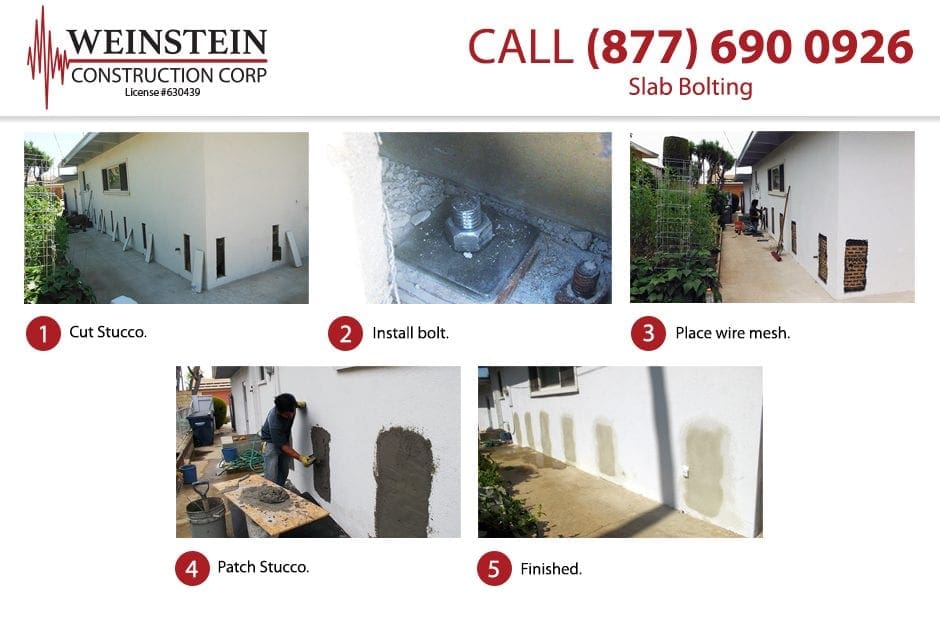
HOW MUCH DOES HOUSE BOLTING COST?
![]() You may be surprised to learn that the costs for earthquake retrofits are quite reasonable and affordable for the vast majority of homeowners! Find out for yourself, contact us for a free, no-obligation consultation for your property’s earthquake retrofitting needs.
You may be surprised to learn that the costs for earthquake retrofits are quite reasonable and affordable for the vast majority of homeowners! Find out for yourself, contact us for a free, no-obligation consultation for your property’s earthquake retrofitting needs.
CALIFORNIA EARTHQUAKE AUTHORITY EARTHQUAKE BRACE AND BOLT PROGRAM
The California Residential Mitigation Program, a joint powers authority created by the California Governor’s Office of Emergency Services and the California Earthquake Authority, continue to offer eligible Los Angeles homeowners an exceptional and free incentive, the “Earthquake Brace + Bolt” program (also known as “Brace and Bolt” or “EBB”).
EARTHQUAKE BRACE AND BOLT COST
Under the Brace and Bolt program of the California Earthquake Authority, homeowners living in one of many eligible Los Angeles zip codes can receive up to $3,000 as an incentive payment to pay toward the cost of earthquake retrofitting their home. Because Weinstein Construction’s skilled crews can often seismically-retrofit many small homes for under $3,000, this means that for many homeowners, earthquake brace and bolt cost will literally be nothing!
BRACE AND BOLT PROGRAM PARTICIPANTS MUST LIVE IN AN ELIGIBLE ZIP CODE
Homeowners who live in eligible ZIP codes are allowed to apply for the Brace and Bolt Program, and new eligible ZIP codes are released and added to the program on a periodic, rolling basis. To see if your ZIP code is currently on the list and you are eligible for a $3,000 grant, visit the California Earthquake Authority EBB “ZIP Code Locator” by clicking the link found directly below:
Brace and Bolt Program Zip Code Locator
Bookmark this page, so that you can come back to it periodically, to determine whether your ZIP code has been added to the list!
EARTHQUAKE BRACE AND BOLT PROGRAM APPLICATIONS
Homeowner applications to the EBB program are accepted on a rolling basis. Homeowners must register and complete an application to the EBB program by specific dates (although homeowners will have several months past that date to choose an eligible contractor to do the work, and to get the work done).
To register for the Earthquake Brace and Bolt Program, visit the California Earthquake Authority EBB registration page by clicking the link here: Brace and Bolt Program Registration
Bookmark this page, so that you can come back to it if you want to register your application later on!
EARTHQUAKE BRACE AND BOLT PROGRAM CONTRACTORS
The California Earthquake Authority requires homeowners to choose from a list of licensed California brace and bolt contractors to do the retrofitting work. Once contractors are trained by the Federal Emergency Management Authority (“FEMA”), they are added to the EBB Contractor Directory.
Note that Weinstein Construction Corporation is an EBB approved, FEMA authorized, and FEMA trained contractor (in fact, we have been FEMA certified since 1994!). Weinstein Construction has also been on the EBB Directory for many years, and we are fully-qualified to participate in the EBB Program as earthquake brace and bolt contractors.
MANY 5-STAR REVIEWS OF WEINSTEIN CONSTRUCTION’S PARTICIPATION IN THE CALIFORNIA EBB PROGRAM
Weinstein Construction has been part of the California earthquake retrofit program for many years. We can be found on the Earthquake Brace and Bolt directory and you can see the many Five Star reviews we have received from our participation in Brace and Bolt by clicking on the link directly below:
Weinstein Construction Earthquake Brace and Bolt Program Reviews
Don’t delay, the professionals at Weinstein Construction can help you navigate the registration process of the EBB program! Call us today at (800) 862-6582 so we can help you complete an application for this most important initiative that will put free government money in your pocket!
Look, if you are still hesitating, and maybe asking yourself whether or not seismic retrofitting is an “option”, the answer is a resounding no! Earthquake retrofitting is not a “nice to have” if your home is in the greater Los Angeles region! Don’t take a chance on the next earthquake, and don’t gamble with your property and the priceless lives of your loved ones! Let the professionals at Weinstein Construction provide you with a free, no-obligation inspection. Contact us for an inspection, and we promise to provide you with courteous service and a competitive price estimate. We know you’ll be pleasantly surprised at the reasonable cost, especially after the EBB pays your free money grant!
DOES MY FOUNDATION NEED TO BE BOLTED?
If you own a home, especially one that was built in the 1950s or earlier, it’s important for you to have your property’s foundation and framing inspected to make sure it measures up to current safety standards. Your home’s foundation undoubtedly requires bolting, which means fastening metal bolts and plates to the concrete footing and the framing in the substructure that make up your home’s foundation. Doing this can firmly connect the structure to its concrete foundation and help it withstand the pressures of an earthquake.
The house bolting process begins with an inspector assessing your home’s foundation and determining its condition, as well as the connections needed for your home to remain secure on its foundation. Further work will depend on the foundation’s current bolts (if there are any in place), the condition of such bolts, as well as the distance between each bolt. From there, the inspector will decide the right kind of structural attachment required to secure your home to its foundation.
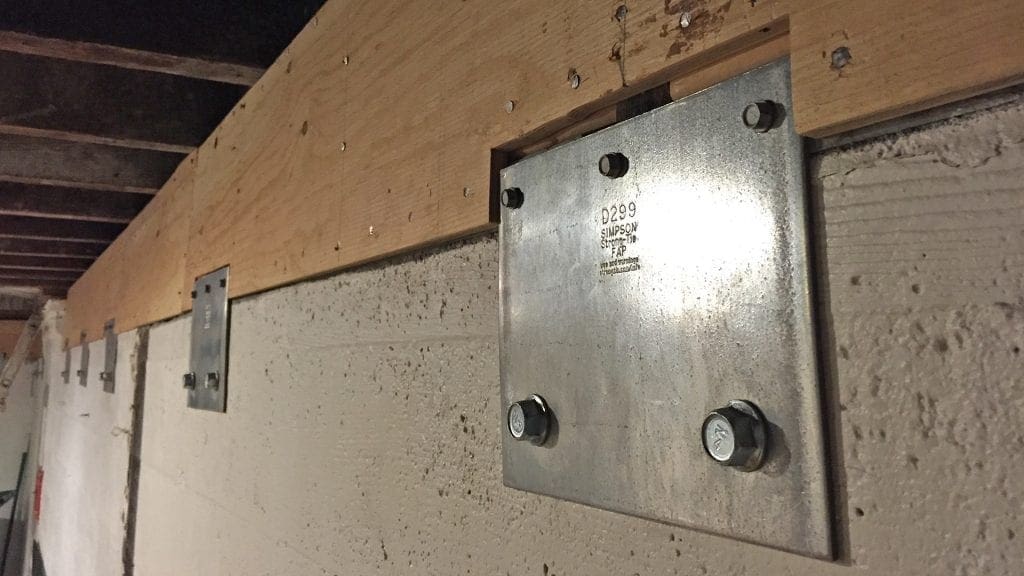
SIDE PLATES
If there isn’t sufficient clearance below a home, side plates are used with foundation bolts. Side plates are installed similarly to foundation bolts but need some vertical space below the home.
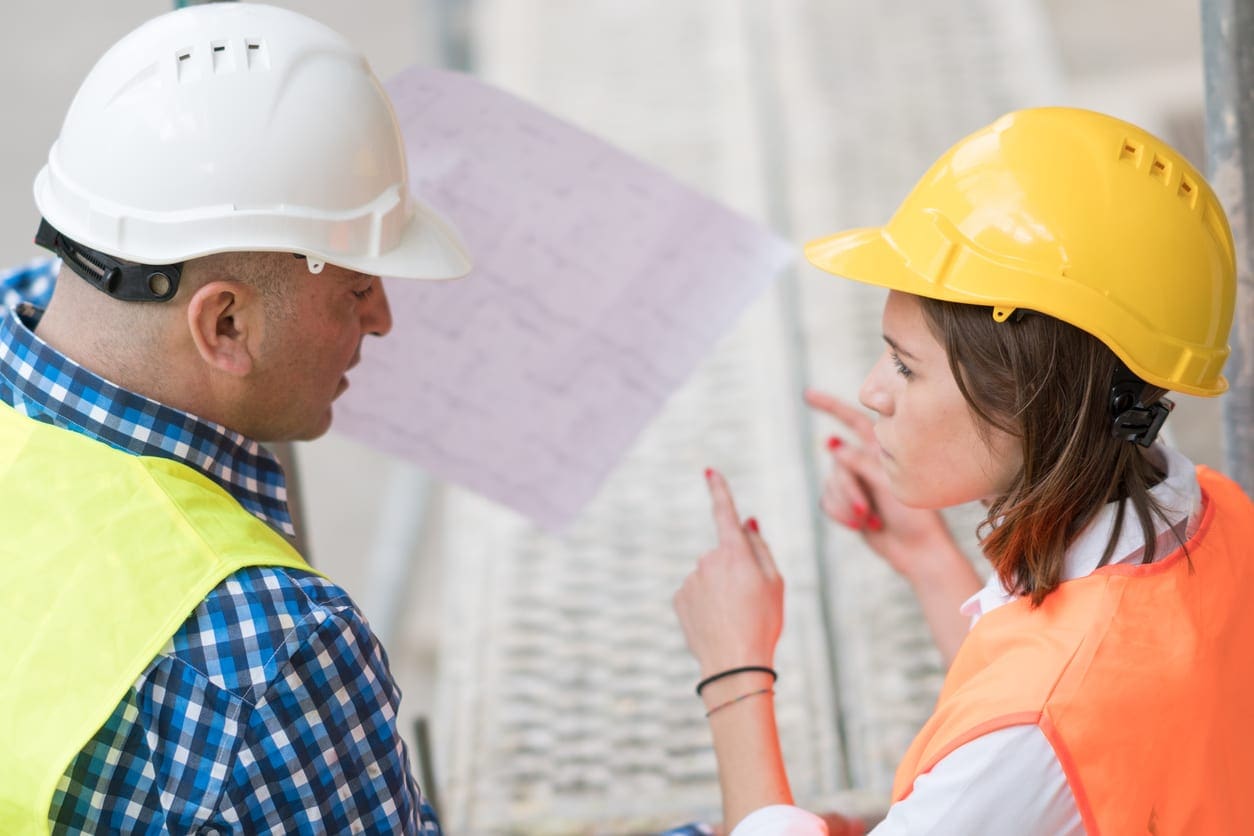
EPOXY BOLTS
Epoxy bolts are a type of bolt that may be used. Such bolts are typically used on foundations of older homes, which have less than perfect concrete. These bolts are used to ensure that the foundation continues to be attached during an earthquake’s up-and-down shaking.
EXPANSION FOUNDATION BOLTS
There are quite a few instruments and techniques used in house bolting. For example, expansion foundation bolts, also referred to as expansion anchor bolts, are the most frequent type of bolts used for earthquake retrofitting. These bolts are generally used on newer homes.
CRIPPLE WALL BRACING
If your home has wood framed walls located on the perimeter of the structure, sitting attached to the top of the concrete base in a crawl space area, the inspector may suggest cripple wall bracing. Cripple wall bracing attaches structural grade plywood to the wall framing, running alongside the walls of the structure in the crawl space. This provides greater support to the structure’s timber framed base. Additional support prevents damage during the side-to-side shaking of an earthquake, and can prevent the collapse of the first floor.
PLATE WASHERS
Plate washers are often installed to secure bolts, adding greater protection by permitting the sill plate to be securely clamped to the foundation.
RESIDENTIAL RETROFITTING
WHEN IS THE “BIG ONE” GOING TO HAPPEN?
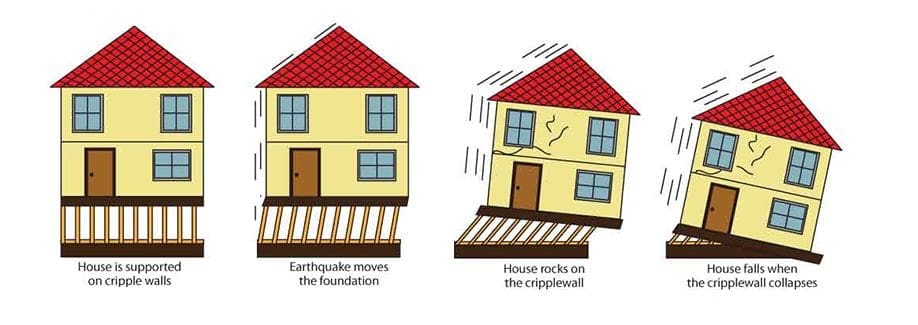
While no one knows for sure when the “Big One” will happen, damage to your home will likely occur when an earthquake strikes. The question is, will you and your family be safe in your house as it stands now? Is your valuable property protected?
For example, we know that damage to a home may happen when siding used on older homes (whether wood or stucco) is weak and provides little support or bracing to a cripple wall. However, retrofitting structural grade plywood that is properly nailed on the cripple wall in the form of a shear wall can be 20 times stronger than typical siding material and can help your home survive seismic activity!
We know that homes can withstand significant seismic activity if they have the extra support and precautionary measures offered by earthquake retrofitting. Weinstein Construction’s earthquake retrofitting professionals can help your home endure the powerful forces of an earthquake. Call us today for a free, no-obligation consultation!
CRIPPLE WALL REINFORCEMENT
Weinstein Construction professionals take a very close look at a home’s cripple walls as part of an earthquake retrofitting inspection. Cripple walls are structures that connect the foundation to the floor base. Many home owners don’t know that cripple walls, commonly seen in crawlspaces, are one of a home’s greatest liabilities when an earthquake strikes!
Without proper reinforcement through a seismic retrofit, many cripple walls are particularly susceptible to the sideways movement that a home experiences during an earthquake. Such movement can cause one or more of the cripple walls to collapse, which can cause the entire house to shift and even fall.
The Uniform Code of Building Conservation and the Los Angeles Building Code specify the type of plywood to be used in building shear walls, the types of nails to be used, as well as the spacing of nails, methods of attaching shear panels to the mudsill, and methods of attaching them to the floor of the house. Weinstein Construction professionals are experts at bringing all of these safety measures to an earthquake retrofit project!
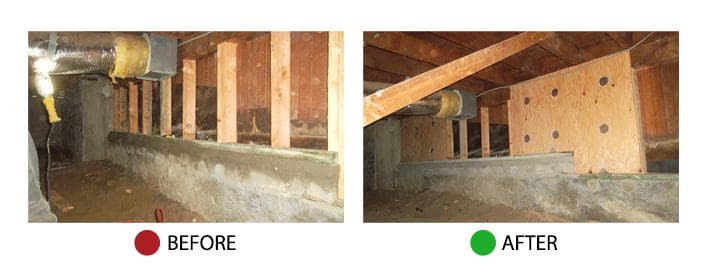
Reinforcing your cripple walls will help secure your home.
MAINTAIN AND REPLACE OLD CONSTRUCTION
An important part of earthquake retrofitting is dealing with a structure’s old construction when it is worn out or rusted. Over time, moisture becomes trapped between the mudsill and foundation, creating rust which degrades constructional metal. Once the metal rusts, it loses its strength, causing it to sway or break when the earth moves.
Worn out or rusted construction also gives water an unwanted entry into the structure, which can then cause a cascade of additional problems. Fortunately, Weinstein Construction professionals are experts in maintaining with a structure’s old construction! Let us inspect and repair your old construction, if required. Call us today for a free, no-obligation consultation!
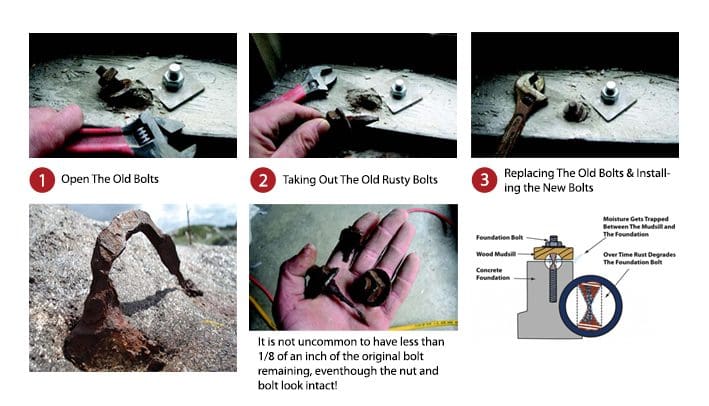
WHY CHOOSE WEINSTEIN CONSTRUCTION?
Weinstein Construction’s professionals are experts in earthquake retrofitting in the greater Los Angeles area and can handle all of your retrofitting needs. We concentrate on both residential and commercial earthquake retrofitting, as well as house and foundation bolting. If your home was built before 1950, we can virtually guarantee that it is not properly secured to its foundation, and cannot withstand the force of a powerful earthquake. Moreover, if your home was built prior to or during the 1970s, it still likely doesn’t measure up to modern seismic retrofitting city codes.
Because each home can have different earthquake retrofitting needs, it is imperative that you invite the experts to have a look at your home and its foundation. Weinstein Construction’s professionals are the experts you need! Call us today for a free, no-obligation consultation! Let us evaluate your property and help you decide on the best cost-effective solution to your retrofitting needs.
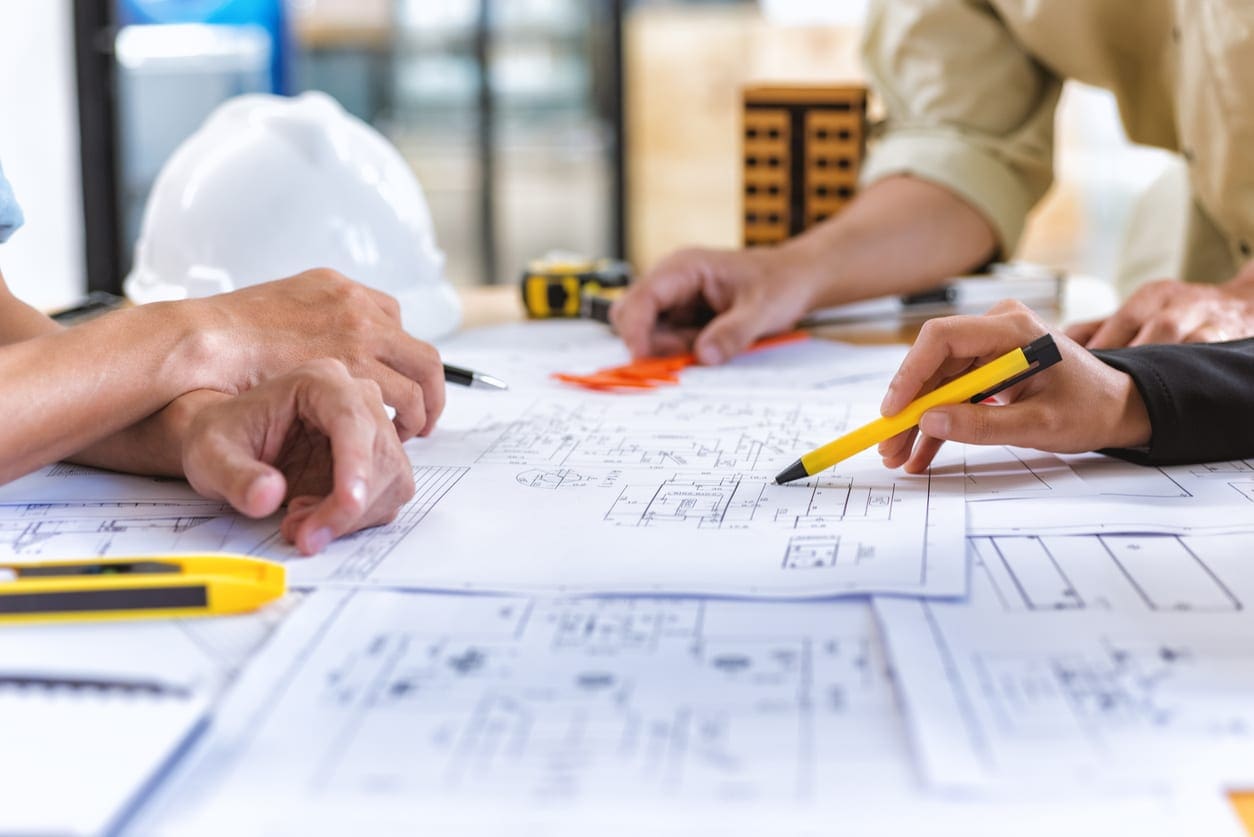
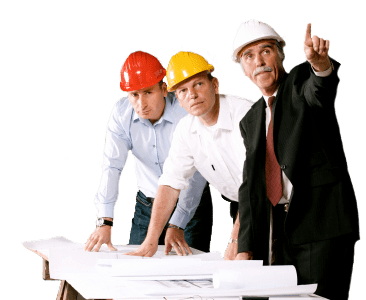
HOW DOES WEINSTEIN CONSTRUCTION CARRY OUT EARTHQUAKE RETROFITTING?
The first step of earthquake retrofitting is to get a thorough and accurate assessment of the condition of your structure and its foundation. To be effective, earthquake retrofitting must be done on a stable, well-maintained foundation. We consider many variables during the planning stage, including:
- The structure’s physical location (e.g., is it on a hillside? On a natural depression floor? Is it close to a lake, river, or drainage basin?)
- The overall condition of the foundation and structure
- The existence of un-repaired damage from past earthquakes, mudslides, landslides or other ground shifting events (e.g., uneven settling after a heavy rain which induces a ground shift).
A QUICK NOTE ON CONCRETE “TILT-UP” CONSTRUCTION:
In a tilt-up construction project, the building’s walls are poured directly at the job site in large slabs of concrete called “tilt-up panels” or “tilt wall panels”. These panels are then raised into position around the building’s perimeter forming the exterior walls.
Tilt-up construction is usually used on low-rise industrial buildings, because it lowers construction price. Such structures often struggle to address the lateral movement of earthquake activity and greatly benefit from seismic retrofitting in order to resist collapse during a powerful earthquake. A tilt-up building usually contains a roof composed of “sunshine laminate” connected to concrete walls.
Any concrete tilt-up property engineered before 1976 is at risk of severe damage from even a moderate earthquake. Mandatory Los Angeles City ordinances require tilt-up properties to receive a seismic retrofit.
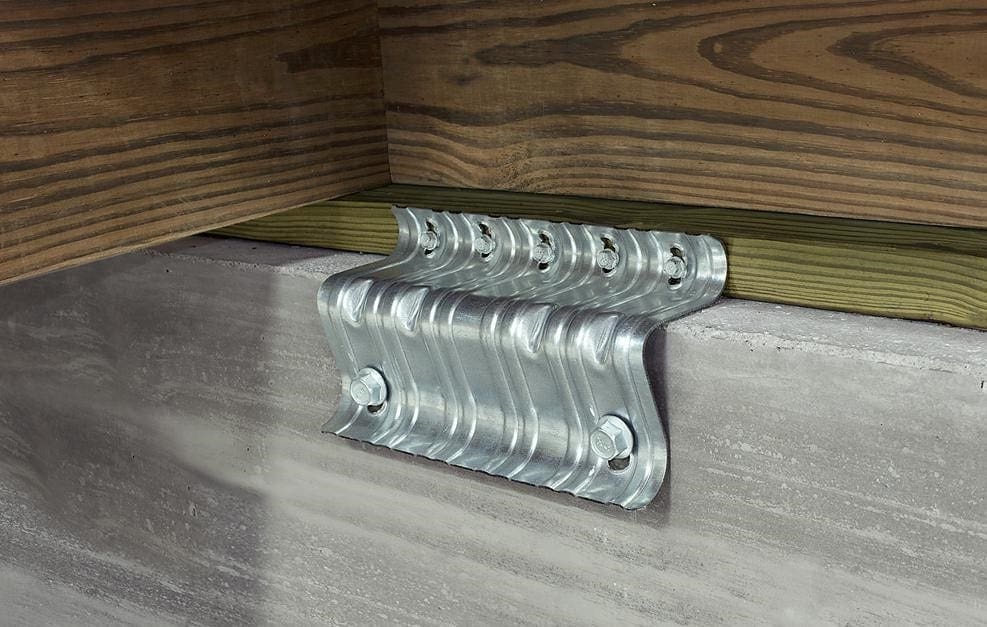
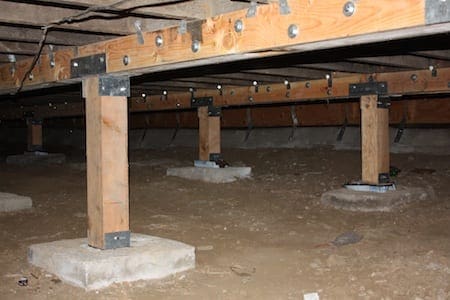
After a comprehensive assessment, the next step is drafting a plan to address points of weakness. Your plan will detail needed repairs to update the structure’s existing foundation as well as any newly-discovered structural issues. If we need to obtain city permits for your project, we will go ahead and pull such permits for you.
Next, the work begins in earnest! Weinstein Construction’s skilled professionals work quickly and effectively to retrofit your home or commercial building. You typically don’t have to vacate the premises, and our professionals are very careful to work in an unobtrusive and “clean” manner, leaving no construction debris behind.
FREQUENTLY ASKED QUESTIONS
Simply stated, it’s a process that ties a home or a commercial property together. Retrofitting increases the resistance of the structure to earthquake damage and decreases the risk of injury to individuals inside during seismic activity. In short, it significantly strengthens the structure!
Do you drive your car without insurance? If not, why would you live in a home that hasn’t been earthquake retrofitted? We can say with certainty that it is much more affordable to retrofit your home against earthquakes, than it is to repair your home after it is damaged in an earthquake! The standard earthquake retrofitting job may cost a few thousand dollars, but the damage from a single earthquake can easily cost more than 10 times that amount. Moreover, in some circumstances, the extent of earthquake damage may be so severe and extensive that the property is not repairable, forcing the home owner to either rebuild the home from scratch or purchase and move into a new home. And so the question is, how can you put a cost on sleeping better at night, knowing that you and your family are safe? Of course such peace of mind is priceless! And don’t forget that you might even receive a discount on your homeowner’s insurance premiums!
Yes, of course. There are a variety of options from you to choose from, all at various prices points that most homeowners can afford. Weinstein Construction professionals can come to your home as soon as the next day for a free, no-obligation inspection and consultation. From there, we will give you as many different choices and prices to choose as are available, based upon the condition of your house and the amount of work we will need to do to make your home safer. No matter what services you need and what kind of budget you are on, we will have the right solution for you!
Yes. You will need a permit for most earthquake retrofitting services. However, Weinstein Construction professionals will take care of the entire permitting process for you (unless of course, you would like to do it on your own). Weinstein Construction can partner with civil engineering firms near you to provide you with exceptional quality engineering plans for your project. In most cases, home owners want us to make sure that all of the right permits are pulled correctly for the job we do.
If you home was built before the 1970s, then you may very well need earthquake retrofitting. Proper earthquake retrofitting in the greater Los Angeles area was not a standard practice for most homes built before the 1970s. Moreover, even if your home was retrofitted in some fashion in the 1970s, or was even built after the 1970s, there’s still a substantial chance that your home will need additional support. Why take the chance? Call Weinstein Construction professionals for a free, no-obligation assessment of your home’s needs. The next “Big One” can strike anytime, and you need to make sure that your home and family are as safe as they can possibly be. Remember, when we talk about earthquakes, it’s not “if” the next “Big One” hits, it’s “when” it hits…
Typically, your home will have protection in 1-3 days. Having said that, much depends on your home’s condition and what needs to be accomplished. This type of a job typically does not take a very long time to complete, and it will do so much good for your home. Don’t delay or take a chance that an earthquake will damage your home – call Weinstein Construction today for a free, no-obligation consultation!
TESTIMONIALS

Weinstein Construction redid my foundation and retaining wall and I’m very happy with the work!

We had our basement retrofitted. Very courteous to us, very attentive. I was very impressed with the people who came to do the job. They were polite, well dressed, and really seemed to know what they were doing. We feel a lot safer now than we would have otherwise.

We had used Weinstein to earthquake retrofit our house. First, my intention was to do it myself, but we got a very nice sales rep over and he went through the whole procedure and by putting a thought into I concluded that it was not worth it for me to spend 14 days under the house. They came out, a top professional crew, they did it in a day, and we really loved what they did.

We are pleased with the results. The people were on time, they were neat, clean, and even the “big boss” was very nice and accommodating, so we’re happy with the services.

I was very happy. Very clean job. Very satisfied, and I recommend it to everybody.

We had our house retrofitted. Immediately we noticed the stability of it, even when we walked the house. Now it’s so much better and it’s stabilized, we’re very confident. It went very well and we’re very pleased.

They did a great job, they were on time, clean, and the price was right. I recommend you do the same.

House was built in 1933. They did the right job, they did a very good job and we’re very happy with the results. I recommend them.
